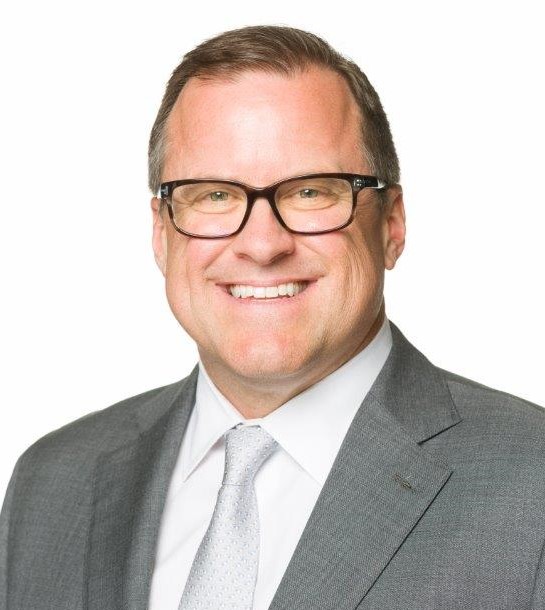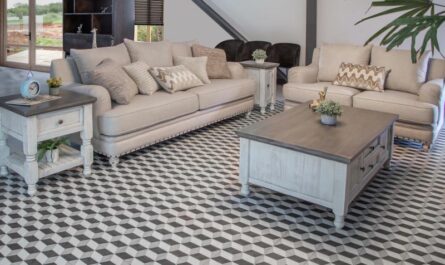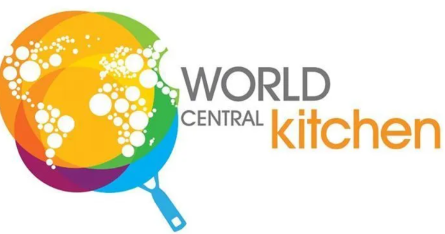HMI segment contributed to overall operating income for the first time in 2 years
MARTINSVILLE, Va. — An overall softness at retail has impacted the sales of furniture companies large and small alike as evidenced by Hooker Furnishings’ latest quarterly results.
However, the company’s performance for its fiscal 2024 third quarter ended Oct. 29 showed things continue to move in the right direction, particularly following the difficult cost-cutting measures of the past two years that resulted in a loss of some industry talent among its ranks.
For one, the company’s Home Meridian segment showed a quarterly increase in operating income for the first time since 2021. Nearing the $1 million mark at $923,000, this compares to a loss of $3.2 million the same period last year. Operating income also rose to $7.3 million from $5.9 million last year, at Hooker Branded, a figure that contributed to the lion’s share of the company’s overall $8.8 million in operating income for the quarter, compared to $6.4 million last year.
The company also remained profitable overall, generating just over $7 million in net income for the quarter, compared to $4.8 million the same period last year. It also remained profitable for the full first nine months, although its $9.3 million in net income fell short of the $13.6 million generated the same period last year.
Analysts took notice of the company’s improvements in quarterly operating and net income during the company’s latest conference call, during which execs further explained key factors that they believe will position the company for further growth moving forward.
Home Meridian, which includes Pulaski, Samuel Lawrence, Prime Resources and SLF Hospitality, was a big part of the discussion as it was one of the company’s most challenged segments during the pandemic because of high container rates and an uneven supply chain.
Company President and CEO Jeremy Hoff said that while the housing market has remained challenged and consumers have shifted spending away from home furnishings, “We’re encouraged by positive indicators like normalization of ocean freight rates, eased supply chain constraints, more stable raw materials costs and increased labor availability. As we have forecasted for some time now, profitability improved significantly as we moved into the second half of the year.”
Congratulating the HMI team for “persevering through some difficult decisions and short-term pain to create a more sustainable and profitable business model for the segment,” he noted that the efforts have indeed paid off. “After spending the last couple of years repositioning HMI to focus on its core products and businesses, it is encouraging to see HMI report a quarterly profit for the first time in two years and contribute to our overall profitability.”

Noting that HMI had a good October market with a strengthened product mix in Pulaski, SLF and PRI, he further noted that inventory levels in the HMI segment also have decreased by $15 million compared to year end and $46 million compared to the prior-year third quarter. Overall inventories companywide decreased by $32 million from year end and $69 million from a year ago.
“Liquidating excess inventories, right-sizing our overhead and exiting unprofitable businesses has put us in a much stronger overall position,” Hoff added, noting that most of the company’s 33.5% or nearly $76 million increase in consolidated orders came from the Home Meridian segment. “Our main focus continues to be execution of our strategic growth initiatives and the drivers we can control.”
Another boost to the company’s business? The company’s increased visibility and attendance resulting from its new showrooms in High Point, Las Vegas and Atlanta.
For example, officials noted that with the opening of its new showroom in Showplace in High Point in April, which houses the Hooker case goods and upholstery, Bradington-Young, HF Custom, M, Sunset West and Bobo brands, the company saw a 92% increase in attendance from the previous April and an 88% increase in attendance this past October compared to October last year. Much of that traffic was from designers, meaning the company’s decision to move to Showplace is showing results.
“We sell a lot of brick-and-mortar, a lot of retailers,” noted Paul Huckfeldt, senior vice president and chief financial officer. “But there’s a lot more designers. We used to not let designers in our showroom period and a lot of our industry was the same way. Obviously that changed years ago, but we have continued to drive that strategy and for us it’s a significant part of our growth strategy.”
During the call, Hoff reiterated that such developments have been positive, with customer contacts increasing from 3,000 to 14,000 a year. In the first half alone, he noted, the company opened 1,000 new accounts “as visibility and engagement increased” which also can be attributed to its acquisitions of the Sunset West and Bobo Unique Objects brands. Adding an average of 150 new customers a month during the latest quarter, he said, the pace of new accounts continues.
In answer to a question from David Storms of Stonegate Capital of the length of time it takes to turn new accounts into orders, Hoff noted that the transition is a process that could take 12-18 months to see any boost in sales.
“Selling that customer base and the particular types of customers we’re talking about takes some time to really get into their wheelhouse of what they’re doing from a project level,” he said. “So step one is the visibility. Step two is opening the account. Step three is the engagement level that we’re trying to achieve with those additional accounts, which takes some time. But from our history of doing this with thousands of accounts before, we somehow know that it will eventually kick in and we believe it’s a significant growth opportunity for us.”
And despite the challenges Hoff alluded to earlier, including high interest rates that are tied to reduced housing activity, there are other positives he said that are helping boost the long-term outlook, including reduced inflation and a 5% increase in the U.S. economy last quarter, driven in part by low unemployment.
“We believe our growth initiatives will continue to gain traction in the first half of 2024,” he said. “Our focus on reducing costs, keeping our balance sheet strong and judiciously deploying capital along with our investments to promote higher visibility and future growth, continue to put us in the strongest possible position to leverage the return of furniture demand to more typical levels.”





